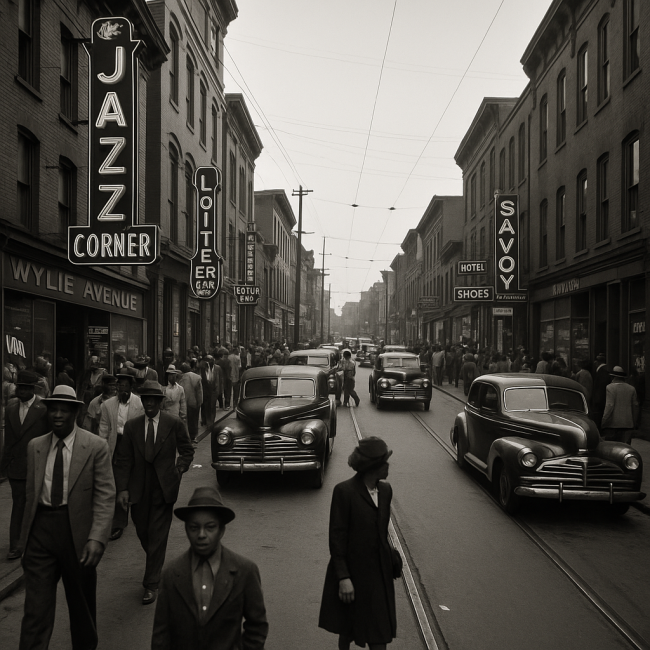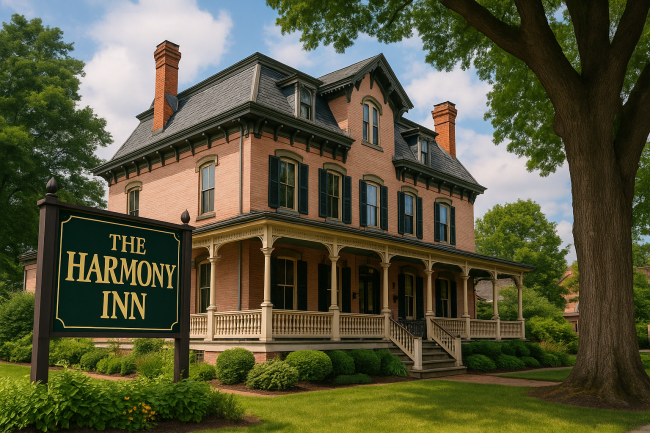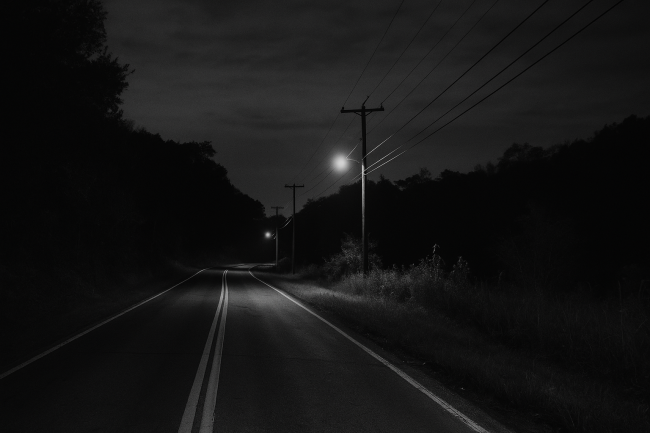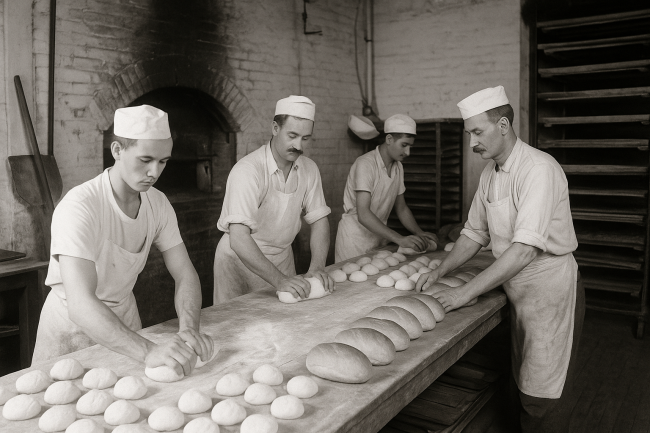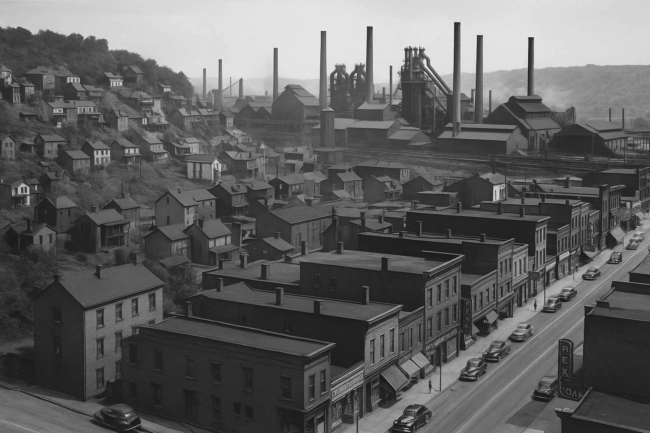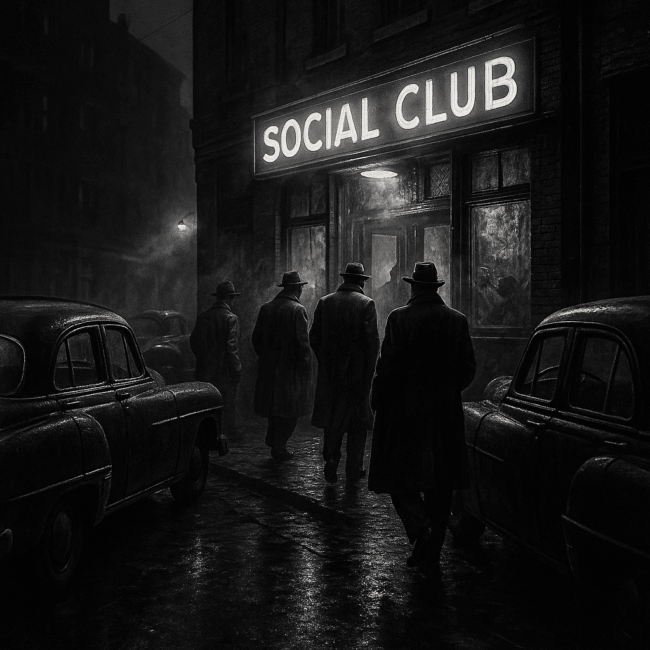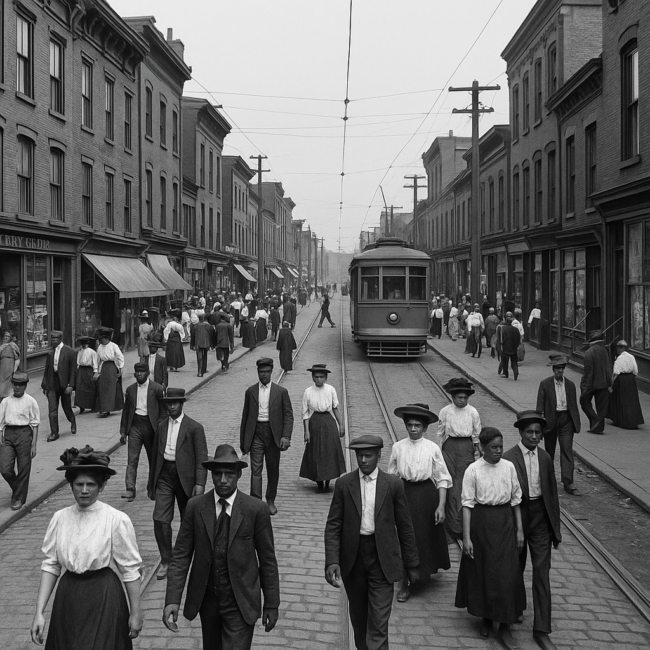Bloomfield’s Little Italy Days: A Celebration of Italian Heritage
Italian Roots in Bloomfield (Early 1900s) Bloomfield, a neighborhood just three miles east of downtown Pittsburgh, earned the nickname “Pittsburgh’s Little Italy” thanks to a wave of Italian immigration in the early 20th century. While the area was initially settled by German Catholic immigrants (who built St. Joseph’s Church in 1886), Italians from villages in…


